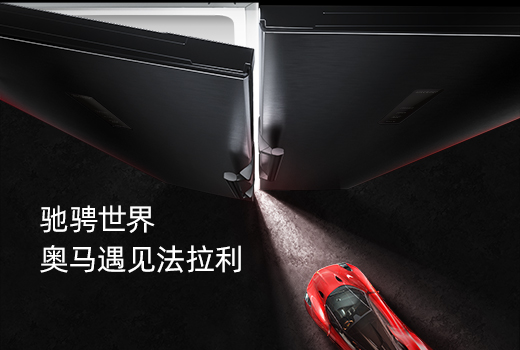For Design Magazine, Ilkka Suppanen, one of the world's most acclaimed contemporary designers, casts a candid look on the very concept of design. In his work, his typically Scandinavian, rational approach flirts dangerously with Italian sensitivity and timeless elegance. With stunning results.
Ilkka Suppanen是全球最负盛名的当代设计师之一,他坦诚地与我们分享了自己对设计概念的看法。Ilkka Suppanen的作品兼具斯堪的纳维亚式的传统理性方法和意大利式的感性与优雅。这种大胆碰撞所呈现出的效果令人赞叹。
Ilkka Suppanen可以说是最典型的斯堪的纳维亚设计师。1968年,他出生于芬兰科特卡,曾在赫尔辛基学习室内与家具设计,而后又前往阿姆斯特丹进修。他热爱帆船和海洋,举止和外貌也完全是一副斯堪的纳维亚的风格。然而,这位极简功能主义的大师却爱上了意大利奢华迷人的艺术造诣和两千年来积淀的的美学意识。
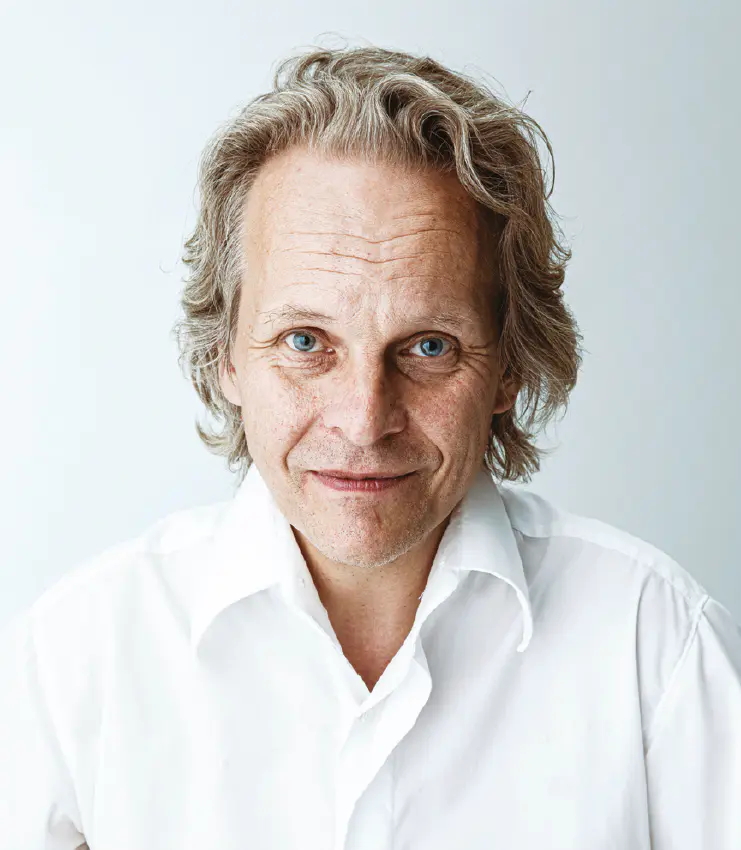
Illka Suppanen,摄影:Marco Magoga
You’re a fond admirer of Italy’s design tradition...
您是意大利设计传统的忠实拥护者……
Scandinavia and Italy are two areas of the world that have become strongly associated with design, yet they are characterised by two very different cultural approaches to it. In Italy, people have been "living and breathing" it for almost two thousand years. In Scandinavia it’s an expression of modernity that’s at most one hundred years old. In Italy, it has so many connections to the country’s legacy of art and culture, while in Scandinavia it’s mostly related to industrial development as part of a political vision of prosperity for all. Italy’s design lacks that revolutionary, democratic ingredient, while Scandinavia’s lacks the cultural substrate surrounding it.斯堪的纳维亚和意大利是世界上与设计十分密切相关的两个地区,但它们对待设计的文化态度截然不同。在意大利,人们已“耳濡目染”设计近两千年。而在斯堪的纳维亚半岛,设计是现代的表现,出现仅一百余年。意大利设计很大程度上受到艺术与文化传统的影响,而斯堪的纳维亚设计则主要围绕工业发展,是实现全民繁荣的政治愿景的一部分。意大利设计缺乏变革民主成分,而斯堪的纳维亚设计则缺乏文化底蕴。
The world is increasingly "mixing cultures". Does that imply a loss of identity?
“文化融合”正在世界范围内兴起。这是否意味着文化身份的丧失?
It is an issue that needs considering. I am Scandinavian, yet I eat pizza and drink espresso. On the other hand, large multinational companies like IKEA have filled the world with Scandinavian design. I have friends in Italy who have more Scandinavian-looking houses than most people here. I think That it is also a matter of how people use objects. Take the I-phone: it’s a global product, the same everywhere in the world, yet people use it differently according to their culture. From a design standpoint, though, differences are becoming increasingly blurred.这个问题值得思考。我是斯堪的纳维亚人,但我吃披萨,喝意式浓缩咖啡。另一方面,宜家等大型跨国企业正把斯堪的纳维亚设计带到世界各地。我有一些意大利朋友,他们的房子比大多数斯堪的纳维亚人更具斯堪的纳维亚风格。在我看来,这个问题还与人们使用物品的方式有关。以iPhone为例:作为一种全球性产品,销往世界各地的iPhone都是一样的,但拥有不同文化背景的人使用iPhone的方式却不相同。不过,从设计的角度来看,这种差异正变得越来越模糊。
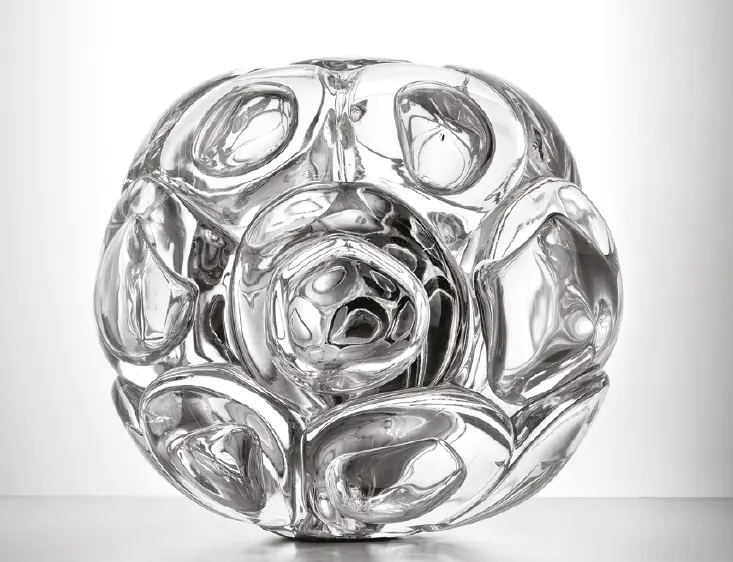
"I have friends in Italy who have more Scandinavian-looking houses than many Scandinavians"
“我有一些意大利朋友,他们的房子比许多斯堪的纳维亚人更具斯堪的纳维亚风格。”
In your opinion, what is the ultimate purpose of design?
在您看来,设计的最终目的是什么?
We actually know "design" by that word only since a hundred and fifty years or so, but it's always been around, in fact since humankind started making artefacts. We began theorising about it, and calling it "design", with the industrial revolution of the 19th Century, as it became one of the tools of the industrial age. Under that perspective, I see design as an instrument to solve problems, to improve life in general and help turn an existing situation into an ideal situation. In other words, to make the world a better place.我们知晓“设计”一词不过150余年,但其实从人类开始制造人工产品起,设计便存在了。在19世纪的工业革命中,人们开始对这种活动进行理论研究,并将其命名为“设计”,因为工业时代的的发展离不开设计。从这个角度来看,我认为设计是解决问题的一项工具,可以从总体上改善生活,并将理想变为现实。换言之,设计的目的是让世界变得更美好。
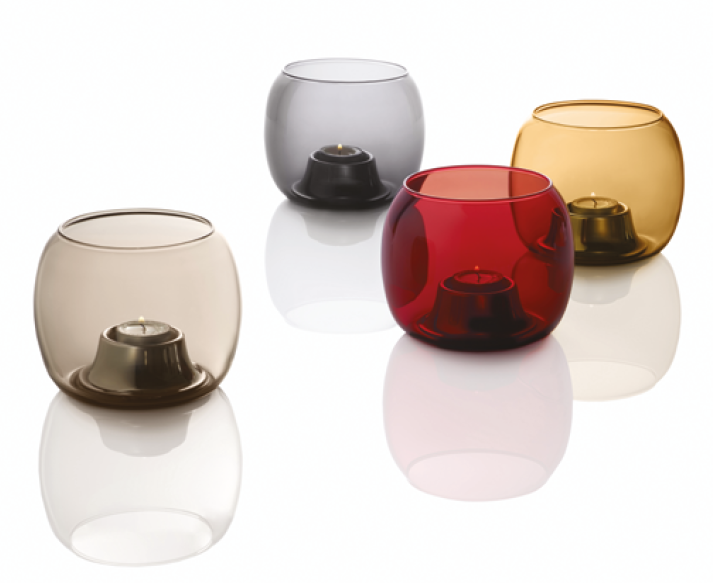
"Inspiration is for artists. I’m a designer, I make things"
“灵感是为艺术家服务的。作为一名设计师,我制作产品”
Where do you find your inspiration?
您是怎样获取灵感的?
I’m not an artist who “gets inspired”, rather I’m a professional: I look at ways of solving a problem. Maybe I get inspiration from the brief, and in that sense life itself can be inspiring. I like looking around.我并非需要“获取灵感”的艺术家,而是一名专业工作者,努力找到问题的解决方案。有时,我从人们的问题中得到灵感,从这个意义上说,生活本身就是我的灵感源泉。我喜欢观察四周。

"Today’s design is missing a sense of future"
“如今的设计缺乏未来感”
What’s missing in today’s design?
如今的设计中缺乏什么?
The future. It’s sadly missing from today’s projects. Design is definitely showing a lack of confidence in the future, which isn’t surprising given the current world situation. People are extremely worried and pessimistic. We are not capable of envisioning a positive tomorrow. I wish we would start looking at the future again in a brave way.未来。很可惜,如今的项目缺乏未来感。设计明确地流露出对未来缺乏信心,不过鉴于目前的世界形势,这也不足为奇。人们极度忧虑且悲观,无力构思积极的未来。我希望我们能振作起来,勇敢地展望未来。
How do you envisage future scenarios?
您对未来场景有何设想?
Our homes have changed over the past two years. Spaces aren’t defined as they used to be. Today, our bedrooms, offices, living-rooms, kitchens, have all become meeting rooms. Our relation to our domestic spaces has changed, and we are not going back. It’s a very interesting development, offering huge opportunities for design. Take the kitchen, for instance, we still call it a kitchen but we spend ten hours a day in it, working.在过去的两年中,家的概念变了。人们不再像过去那样严格划分空间。如今,卧室、书房、客厅、厨房俨然都成为了会议室。我们与家庭空间的关系已经发生了永久性的改变。这种发展很有意思,为设计提供了无限可能。以厨房为例,虽然我们仍称之为厨房,但却每天都会在这里长时间处理工作。
What about new technologies, and NFT?
您对新技术和非同质化代币(NFT)有何看法?
I'm trying to figure out how NFT's could impact the work of the designer. They certainly seem to be effective in protecting and recognising copyright. For what concerns new technologies, AI and domotics have already helped freeing humans from simple, heavy tasks and chores, leaving us with more meaningful and enjoyable activities. If we apply that principle to industry and to our everyday life, it seems very appealing, with robots taking over the most labour-intensive activities, as they do today. But how far can we go, do we all want intellectual jobs? Besides, can we make the most of a manual-work-free society? Is it even sustainable?我正设法弄清楚NFT对设计师工作的影响。但毫无疑问,NFT对版权保护和识别有所助益。说到新技术,人工智能及家用电器把人类从繁重的基础工作和日常琐事中解放出来,使人们能投身于更有意义、更有趣的活动。如果将这一原则应用于工业和日常生活,用机器人接管大多数劳动密集型活动,似乎也是一个不错的选择。但这种做法能走多远呢?是否所有人都愿意从事脑力劳动?此外,零体力劳动的社会是否还能高效运作?甚至是否可持续?
What’s your view on eco-friendly materials and sustainable product-lifecycles?
您对环保材料和可持续的产品生命周期有何看法?
My opinion is that it's more complicated than it seems. We might be well-meaning but end up doing the wrong things. I’m constantly learning, also from my students. Every apparent solution seems to have counterindications, and many seemingly sustainable materials might have higher environmental footprints than the ones they’re supposed to replace. Of course, it would be great if we could stop making plastic things. But I also think we cannot generalise and we should adopt a case by case approach.我认为这些概念远比表面看起来的要复杂。我们的初衷可能是好的,但结果却可能不尽如人意。我一直在学习,有时也从学生身上得到启发。立竿见影的解决方案大多伴随着“副作用”,许多看似可持续的材料可能比原本的材料环境足迹更高。当然,最理想的状况就是不再生产塑料制品。但我同样认为不能一刀切,应针对具体情况具体处理。

"I have no idea whether my own projects have improved the world!"
“我不知道自己的项目是否让世界变得更美好了!”
How did your own work make the world a better place according to your own definition of design?
根据您对设计的定义,您是如何通过工作让世界变得更美好的?
Quite honestly, I don’t know! Projects are like children, once they grow you always hope they’ll do well, and do some great things, but that’s out of your control. Maybe people enjoyed my products. Maybe my objects made them happy, or were used in a meaningful way. I’d consider that a success. I wish, and I like to think it’s the case, that they brought some meaning in their lives. How can we define “meaningfulness” in an object? In 1944, during WWII, my father was 4 and lived with my grandmother. One day, as enemy troops approached their house, my grandmother was given half-an-hour to evacuate. She could only take one thing with her. She grabbed my father, and an old wall-clock and some sheets to wrap it in. Of all things, she chose the most useless, heavy and value-less object in the house, yet to her it was the only thing worth saving. Because it was meaningful to her. We never got to know why and how, and have always taken it as a family joke, but it goes to show that sometimes it’s hard to judge emotions and the real value of things.坦白而言,我不知道!项目就像孩子,我们总希望它长大后能变得优秀,能做一些了不起的事,但这不受你控制。或许人们喜欢我的产品,或许我设计的物品令他们感到愉悦,或者以有意义的方式被利用起来了,这对我来说就是成功。我希望、也认为我的产品应为人们的生活带来意义。怎样的物品是“有意义”的?1944年二战期间,我父亲4岁,和我祖母住在一起。一天,敌军向他们的房子逼近,祖母要在半小时内撤离,因此只能带走一样东西。她拉上我父亲,然后用几张床单包起一个旧挂钟。在家中的所有物品中,她偏偏选择了这个最无用、沉重且不值钱的挂钟,但对祖母来说,它却是最值得保留的物件。因为这挂钟对她来说意义非凡。我们未能得知其中的缘由,并且常常把这个故事当作家庭趣事,但由此可知,物品的情感价值和真实价值有时是很难判断的。
Maybe, we like to imagine, that’s where Ilkka got his wide blue eyes from, and his kind ways. An innocent, candid attitude to life that never takes anything for granted.
我们猜想,Ilkka宽大的蓝眼睛和他善良的处世之道或许就是传承自他的祖母。Ilkka对待生活的态度天真而坦率,从不把任何事当成理所当然。
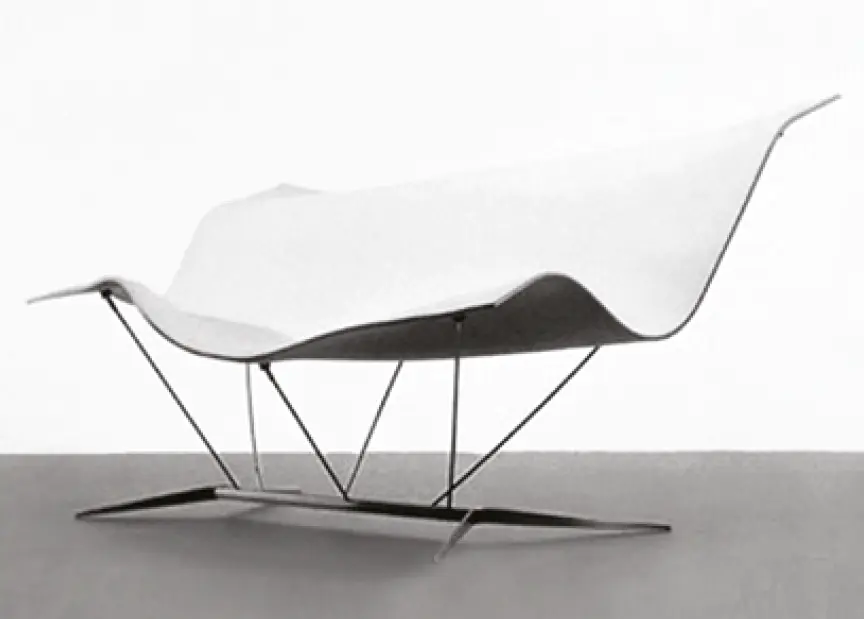
Bio
人物简介
Ilkka Suppanen is one of Scandinavia’s most successful and known designers. His works have been on display at some of the most prestigious venues in the world, such as the Venice Biennale and New York’s MoMA, and are part of the permanent collections, among others, of Amsterdam’s State Museum and Paris’s Centre Pompidou. After his studies in Helsinki and Amsterdam, he founded his Helsinki-based Suppanen Design Studio in 1995, and created the Snowcrash Project, a design cooperative, together with three colleagues in 1997. During his career, Suppanen has won many prestigious awards and his works have been recognised in numerous publications around the world. His attraction for Italy’s art, culture and design tradition led him to collaborate with some of the most influential Italian designers. Among them Giulio Cappellini (flying Sofa), and Raffaella Mangiarotti (undecided TV stand). He continues to work for an international clientele on the most diverse projects.Ilkka Suppanen是斯堪的纳维亚半岛最负盛名和成功的设计师之一。他的作品曾先后展出于威尼斯双年展、纽约现代艺术博物馆等世界著名展馆,并被阿姆斯特丹国家博物馆、巴黎蓬皮杜中心等藏馆永久收藏。结束在赫尔辛基和阿姆斯特丹的求学生涯后,Ilkka于1995年在赫尔辛基成立了Suppanen设计工作室,并于1997年与三位同事共同创办了设计合作社Snowcrash Project。在职业生涯中,Ilkka曾赢得许多重量级奖项,他的作品在世界各地的出版物中也备受赞誉。由于喜爱意大利的艺术、文化和设计传统,Ilkka曾与多名意大利设计大师合作。其中包括Giulio Cappellini (飞行沙发)和Raffaella Mangiarotti (悬而未决的电视柜)。Ilkka始终坚持在各式各样的项目中为全球客户带来优秀设计。
版权归广东奥马冰箱有限公司所有,转载请注明出处。

